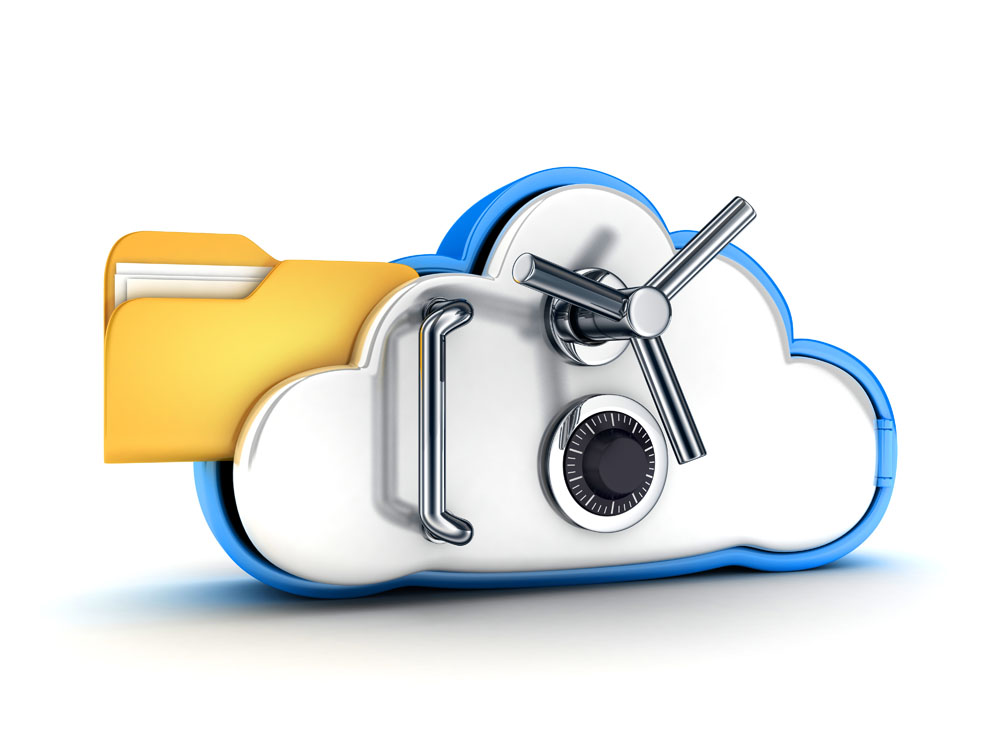
Types of Storage in Hosting: SSD, HDD and SSHD
The demand for storage is growing rapidly as the majority of modern companies are becoming data-driven. Since most data is transferred to the cloud, choosing the right type of storage for your hosting is crucial. The choice can be rather challenging, but picking the right solution is going to matter in the long run. This is why we’re taking a closer look at the 3 most relevant types of storage in the hosting business: SSD, SATA, and SAS.
SSD (or Solid State Drive)
SSDs use non-volatile NAND flash memory, which means there are no mechanical or magnetic parts involved in their construction and operation. It is this absence of moving parts that gives the SSDs the upper hand when overall performance is concerned. Compared to SAS, SSDs offer quicker access, but are also able to read and write data at much faster rates. Modern SSDs are running with more than 550MBPs data, and with their access time being just a fraction of millisecond, it’s no surprise that they are a suitable and reliable choice for most web hosts.
The performance of SSDs can be up to 60 times greater than that of SAS and SATA. Essentially, SSD favours performance, reliability and speed over storage, meaning it provides less storage than the other options, but provides the best performance and speed, due to its technological superiority.
They also provide more durability — the absence of mechanical parts makes them impervious to degrading performance over time, which isn’t the case with HDDs. All the vibrations and movement in HDDs make them susceptible to physical deterioration and even possible data corruption.
However, it all comes with a price, which is why SSDs are the most expensive option, yet the better performance justifies the cost — and when it comes to your hosting, you’re going to need best performance.
SATA (Serial Advanced Technology Attachment)
SATA is the evolution of the original PATA (Parallel AT Attachment), and succeeded PATA by offering several advantages including reduced cable size and cost, faster data transfer through higher signalling rates, more efficient data transfer through an I/O queuing protocol, and more.
Essentially, there is little physical difference between SAS And SATA, and constant performance is really very similar. But linear performance isn’t necessarily the only thing that hosting customers want for their services — sure, it’ll run your website properly and reliably, but will it handle a high traffic load? That seems to be one of the only flaws to SATA, that unlike SAS, it cracks under pressure of heavy loads and ultra-busy performance. In short terms, SATA favours storage over speed.
It is the relatively cheaper option though, meaning you can get around 6 SATA cables for the price of one SAS cable. Although, SATA has been associated with the home-computer market, deeming it less reliable.
Overall, it isn’t necessarily the worst option to have your hosting platforms run on SATA (we’re not condemning it), but it is good to know and be aware that the little things can go a long way — especially when it comes to hosting.
SAS (Serial Attached SCSI)
SAS is the new and improved version of the SCSI, replacing the older Parallel SCSI (Small Computer Systems Interface). SAS transfers data faster than SATA, as well as has a higher MTBF (mean time between failures); meaning that it is faster as well as more reliable, yet it doesn’t surpass the superiority of the SSD.
With longer cables, and higher performance and speed, SAS is more suited to web hosting and servers than SATA, especially when it comes to VPS hosting.
In terms of cost, SAS is more expensive than SATA, but cheaper than SSD — this basically mirrors their performance capabilities as well.
Which is the best for hosting?
In its basics, SSD is considered the best option for hosting services as although it is the most expensive option out of the bunch, it provides the best performance — valuing speed and reliability over storage capacity. It technically goes in an order, SSD > SAS > SATA, where overall performance and speed of data transfer increases and storage capacity decreases, as you go from SATA to SSD.
The quality of storage is not where you want to save money, especially if we are referring to hosting. Remember, paying a little extra does pay off in the long run.
At the end of the day, it all comes down to the safety of your data, speed of access, and overall performance — and those features should always be priceless, wouldn’t you agree?
At Crucial, we use SSD storage on our VPS products. Check them out below.
